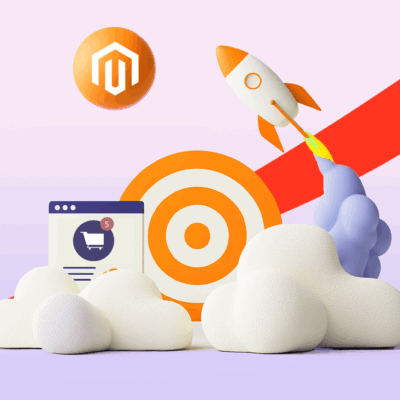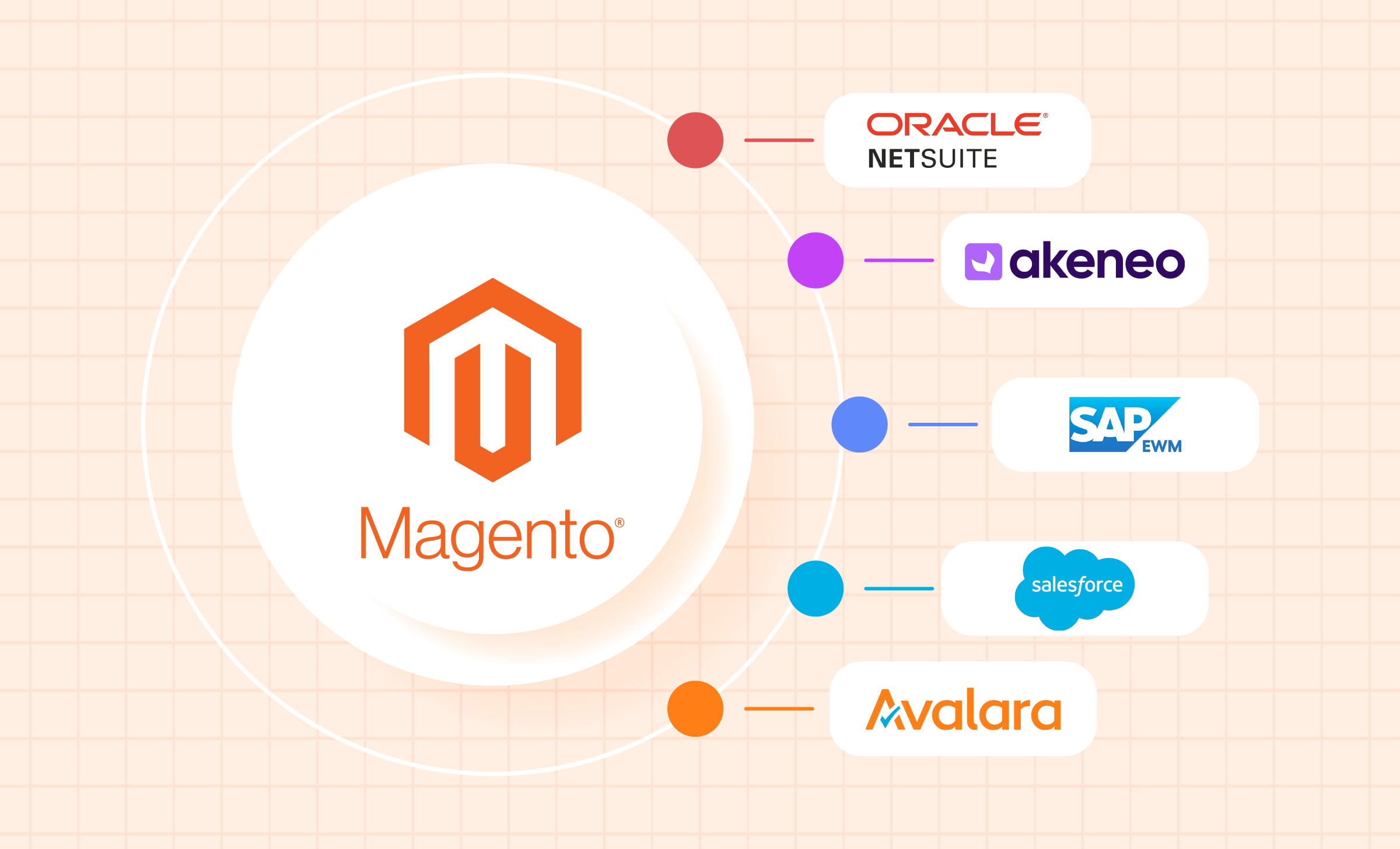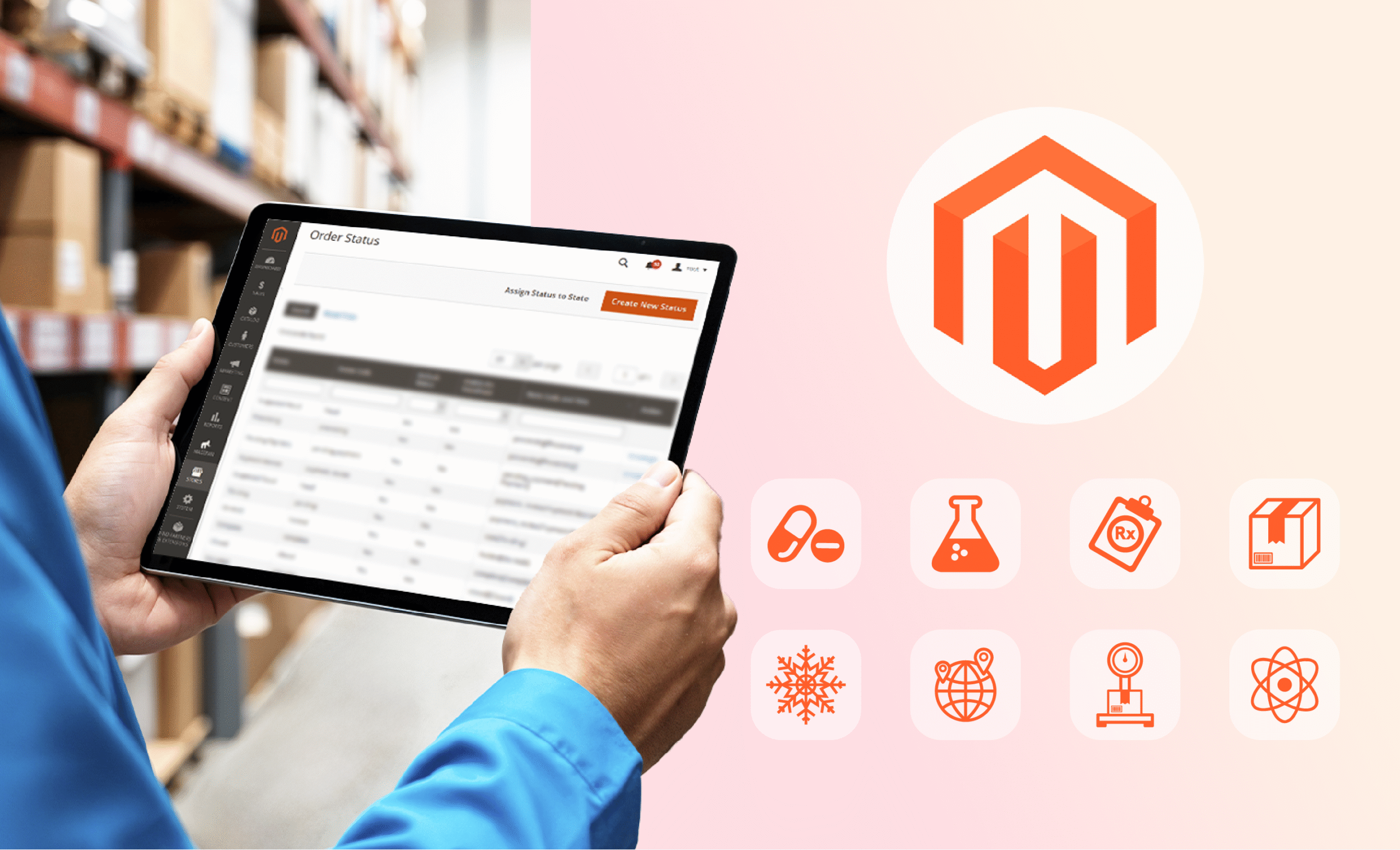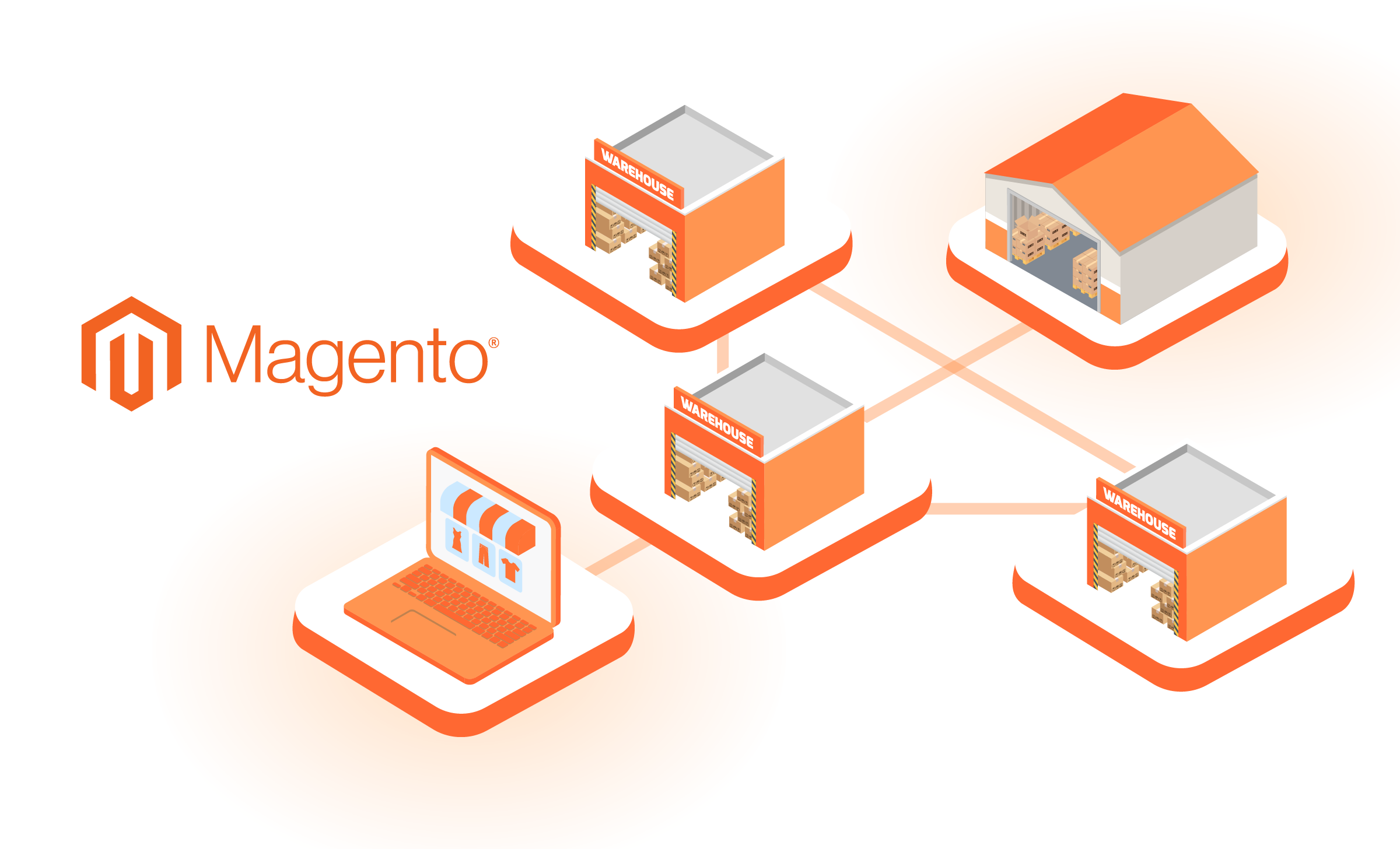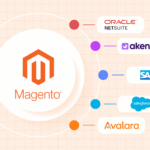Today doing successful customers are impossible without resorting to multiple channels to reach and influence consumers. In any sphere you adopt travel, banking, fitness or retail marketers use offline shops or customer satisfaction points while also being active online through websites, social networks, mobile apps, etc. Thanks to this multidimensional approach, customer reach is wider than previously, it also helps to make the inevitable and ubiquitous question of massive data even more poignant: how do we store such amounts of data and how do we analyze it to make intelligent decisions? On this page, we're going to explore how big is data works extremely well in multi-channel ecommerce enterprises in order to increase business intelligence, reach maximum profitability and get more dedicated clients.
What Information Can Big Data Give Ecommerce Professionals?
Customer profiles are worth all the gold in the world, because they are the access point for ecommerce owners to make engagement targeted and highly customized. Big data can answer burning questions of the customer’s consumption details (products they liked, bought, added to wish lists; when they shopped; how they paid, etc.), personal data (location, gender, age, etc.), interests (what sites they have visited, who their friends are, etc.), behavioral patterns (when they go online, what they like, what reviews they make, etc.).
Analyzing all this information is a chance to see whether customers like the brand, if they are ready to buy or whether they need more incentives and have to be convinced through offers, discounts, loyalty programs, and so on. The ultimate goal is always the ideal customer, one who is ready to buy, upsell, be active in communities and social networks, be vocal about products and be interested in participating in the advancement of the brand.
To provide a unified experience throughout all channels powerful tools have to be used. In travel, for instance, many travel brands and affiliates come together as one platform for a seamless user experience. Such a platform can cover every aspect of travelling, e.g. researching, planning and booking travel. Travelers can choose airplane seats, browse reviews of hotels, look up attractions to visit at the final destination all in one online place, and the solution makes the whole process easy and effective for the platform administrators and also hundreds of affiliates (famous hotels and airlines). Processing all this big data simultaneously was impossible just a few years ago, but today multiple customers are served with personalized information based on big data analysis, through attractive, easy-to-use interfaces that even a child can understand.
How Can This Data Be Used?
Big data, when used in ecommerce, can help gain competitive advantage in the following ways:
- Personalization – different channels are analyzed to offer customers a personalized experience. If customers are very active on their mobile phones, they can benefit from using various channels yet enjoy the same quality.
- Dynamic pricing – analyzing data from different sources to set the most effective competitive price so that the customer is enticed to make a purchase. Sometimes gaining a valuable customer for the long haul is more important than getting a profit right now, and prices can be dropped to build a dedicated following.
- Customer service – make the customer feel valued and cherished, anticipating their every need based on data analysis.
- Supply chain visibility – using various data to let customers know about the state of their order and when it will reach them.
- Predictive analysis – identify events before they happen and make the necessary preparations/changes.
Targeted Customer Engagement
Besides the big data utilization aspects mentioned above, the current trend is to use big data to target customers on an emotional level, making them feel special and unique, and creating a certain emotional bond between the customer and the brand. This cultivates loyalty, natural positive word of mouth, where customers become walking-talking ads for the brand. A good ecommerce example is the case of fashion brand Free People’s multichannel app, that brought the company 38% growth.
The app unites regular shopping and online sharing experiences together on the iPhone. The brand became a hit with consumers when it teamed up with Pinterest and Instagram to bring their latest designs to the popular scrapbooking websites where customers were happy to show them off, try different outfits and suggest new hot picks. That is the most natural engagement there is that is voluntary and unobtrusive, yet effective. It’s the 2014 way of monetizing data assets, and it is easy to predict many more alliances formed between retailer and digital scrap bookers.
How to Commercialize Thirst for Information
In the information age, customers are bombarded with countless facts every day, and very often they expect those educational bits of information to come to them naturally. This is a chance for ecommerce businesses to push products and services on customers, disguised in educational bits of information in mobile phone apps, ecommerce blogs, magazines, social networks and through other channels. Thanks to big data tools, this information is not just general copy, but a collection of highly personalized and customized facts selected thanks to data analysis of previous purchases, search results, likes and requests of the client.
Fitness and health is a booming business today that is marrying theory and practice through successful ecommerce launches, and Itransition also could not miss a chance to make an app for a famous sportswear retailer for keeping fit. The mobile app can help users monitor their fitness workouts and tailor them to their needs and goals. It can sync with a PC or Mac seamlessly, so users can choose how to experience the app for a personalized feel.
The model is the future of smart, big-data-savvy ecommerce: marrying the personal fitness goal (lose another four pounds) with theoretical (new fitness routine) and commercial (new shoes and gear) suggestions in one ecommerce experience. A perfect app will suggest not only general tips and workout ideas but also products that can be purchased through the app right there and then. Based on the analysis of data from these apps, it is also possible to target customers with intelligent discount offers, club memberships, loyalty programs and so on.
Serving the customers via many channels today is only possible with the help of strong big data ecommerce solutions. Big business moguls hire IT teams that study requirements and create perfect software for them, small and medium business utilize all-in-one ecommerce solutions, but both have the same goal: to let customers experience the brand in every channel as a unified experience and to help ecommerce grow, develop and thrive.

